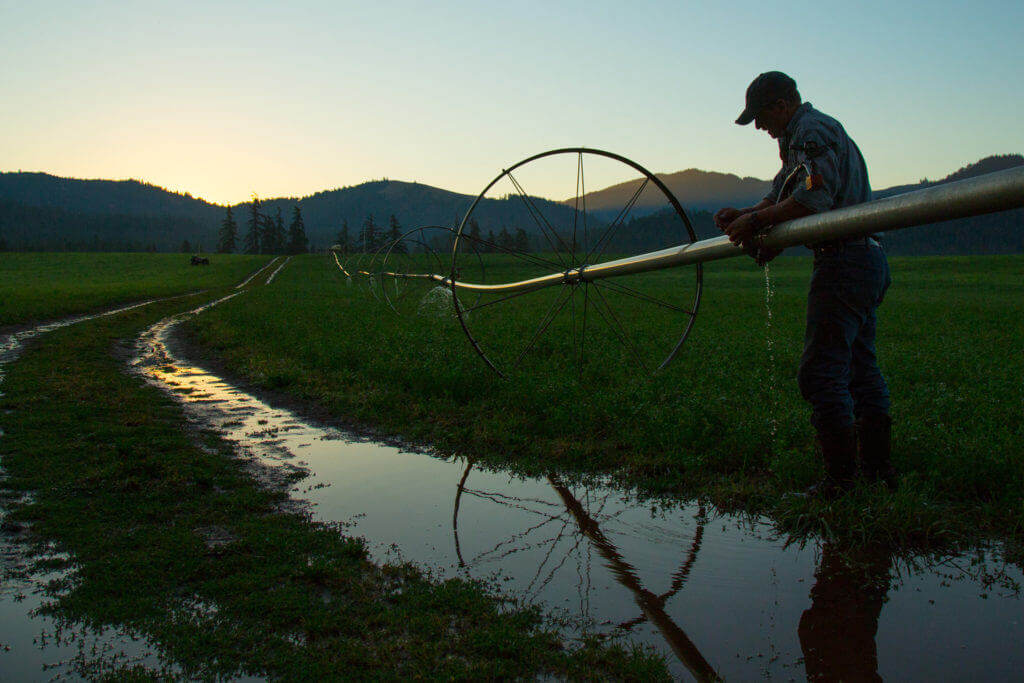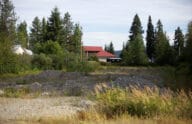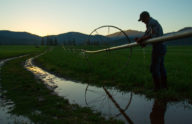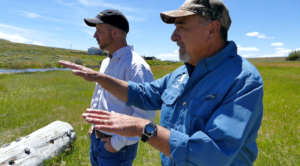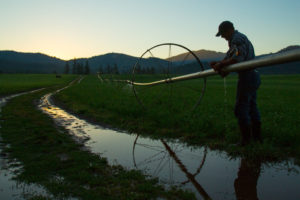The Clean Water Act has a seemingly simple purpose: protect the navigable waters of the United States from pollution. The federal agencies charged with carrying out and enforcing the law, however, have changed the definition of navigable waters several times since the Act went on the books in 1972.
Each successive definition of “navigable waters” stretched federal authority farther beyond the intentions of the CWA by roping in more and more acres of mostly dry land as federally protected waterways—even seasonal water features that exist only during the rainy season.
Even more concerning about these broadening definitions is the harsh penalties that Americans face when they unknowingly violate the Clean Water Act. Benign activities like plowing or digging a ditch near so-called navigable waters can subject landowners to harsh penalties, including devastating fines or even jail time.
In 2015, the government agencies that enforce the CWA enacted their Waters of the United States (WOTUS) rule. The rule defined navigable waters so broadly that it violated the terms of not only the Clean Water Act but also the Constitution. It included, among other things, streams, channels, tributaries, and wetlands, no matter how small or far from actual navigable waters.
The 2015 WOTUS rule generated widespread, intense opposition and prompted more than a dozen lawsuits across the country. Five federal courts unanimously agreed the WOTUS rule was illegal, which led to a confusing and uncertain patchwork of rules for people in different states.
In September 2019, EPA repealed the 2015 rule, but instead of coming up with a new and legally sound definition of navigable waters, the agency simply returned to previous regulations that are just as unconstitutional and illegal, which the Supreme Court determined in a 2006 PLF case, Rapanos v. United States.
In 2020, EPA adopted the “Navigable Waters Protection Rule” which pared back the definition of “navigable waters” somewhat, but EPA still illegally regulates trickles of water a few inches wide, or that flow only a few days a year. Even though this regulation is a substantial improvement on prior versions, it still exceeds both the Clean Water Act and the Constitution.
Represented by PLF free of charge, a number of land and business owners and trade associations filed federal lawsuits challenging EPA’s application of the Clean Water Act.
New Mexico Cattle Growers v. EPA
Filed lawsuit October 15, 2019, in New Mexico
Client: New Mexico Cattle Growers’ Association
Washington Cattlemen’s Association v. EPA
Filed lawsuit April 16, 2019, in Washington
Client: Washington Cattlemen’s Association
Oregon Cattlemen’s Association v. EPA
Filed lawsuit April 16, 2019, in Oregon
Client: Oregon Cattlemen’s Association
These cases aim to clarify what waters are regulated under the Clean Water Act and to ensure that the definition is within limits set by Supreme Court precedent. Most importantly, success will give Americans confidence that they can carry out peaceful and productive activities on their land free from government overreach and abuse.
What’s At Stake?
- EPA’s mission under the Clean Water Act is to protect rivers, lakes, and the oceans that support navigation and commerce, not micromanage property based on pretend lakes or streams.
- Government can’t enforce navigable waters definitions that the Supreme Court previously ruled unconstitutional.



